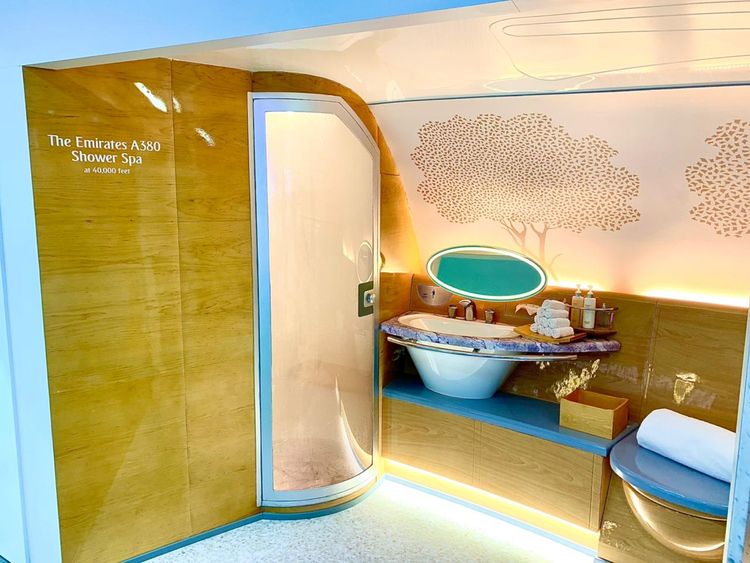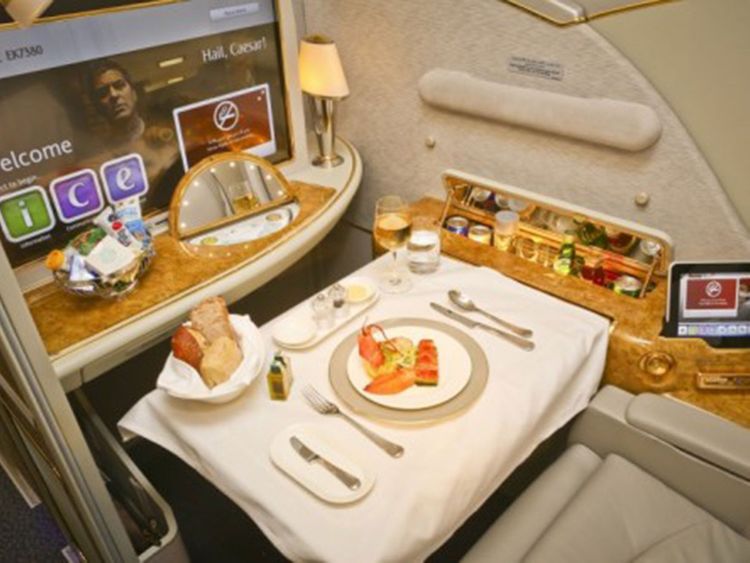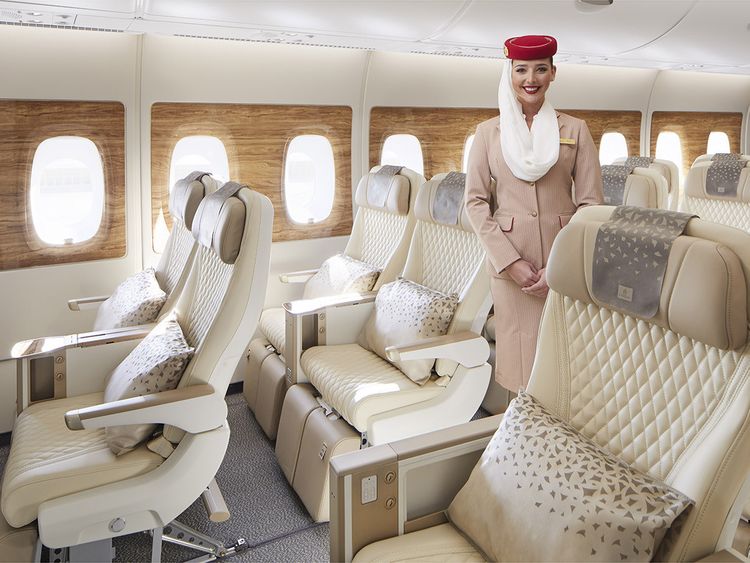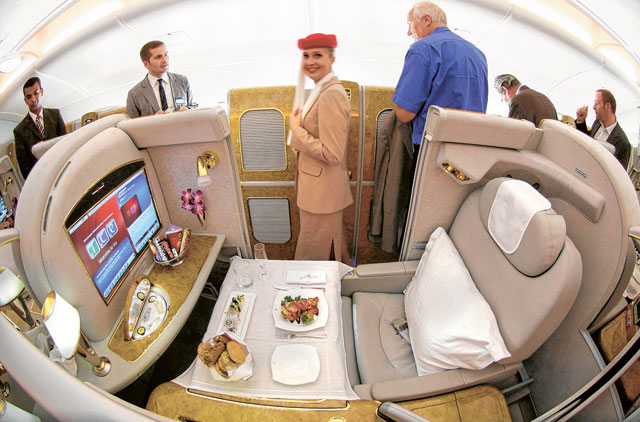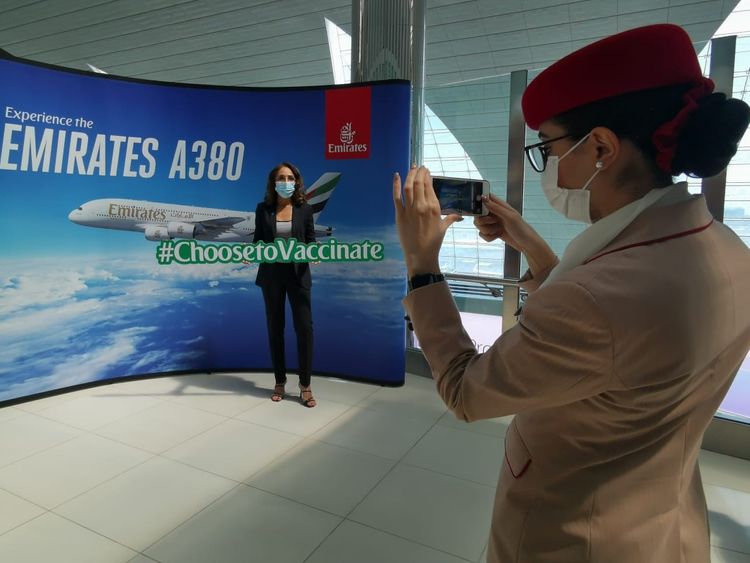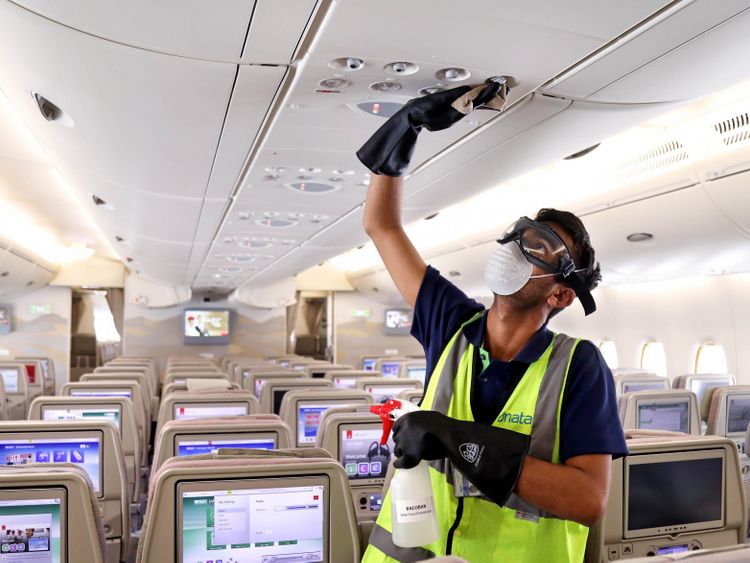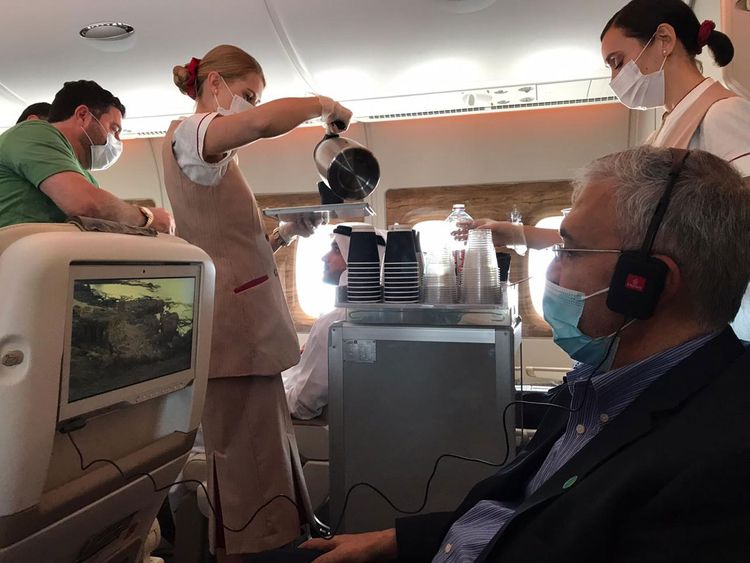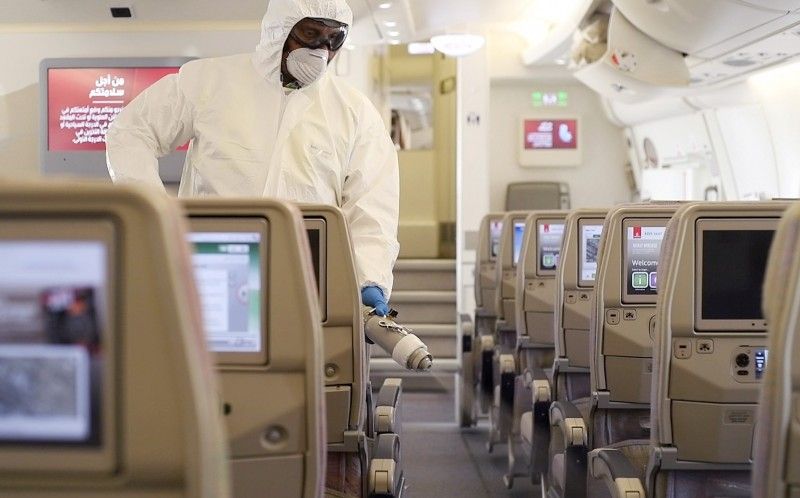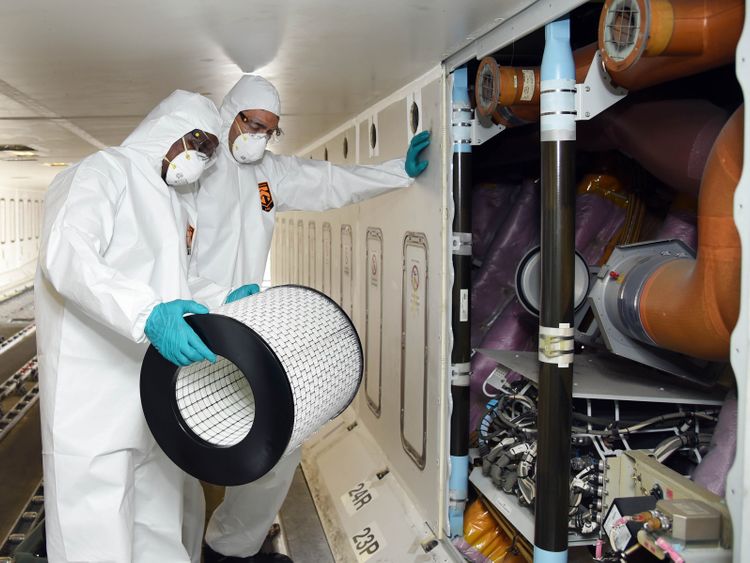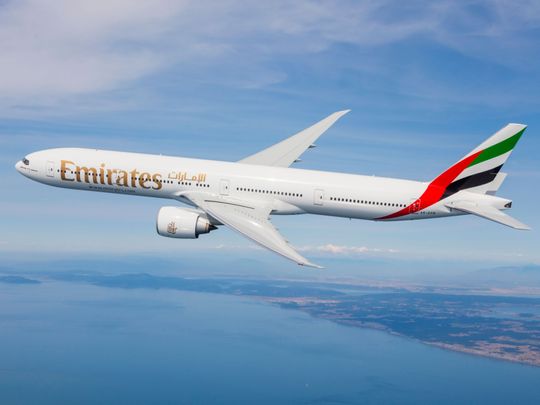
UAE will celebrate its 50th National Day this year. As the country heads towards this significant milestone, it is worthwhile to trace Dubai’s journey from a sleepy fishing village to the global aviation hub it has become today.
Any story about Dubai is incomplete without a mention of Emirates airline – one of the region’s largest airlines.
In 1984, Sheikh Mohammed bin Rashid al Maktoum, then UAE Minister of Defence asked Sir Maurice Flanagan, then managing director of dnata, to look into starting an airline. By December that year, a comprehensive business plan was ready, and the name “Emirates” was chosen for the new airline.
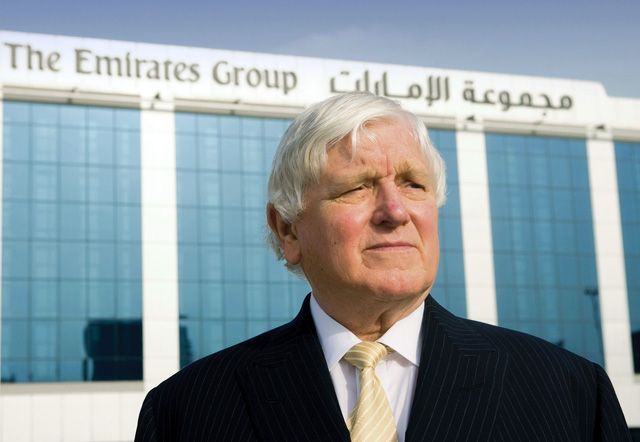
A year later, Flanagan was tasked with the ambitious mission to launch an airline in 5 months with $10 million seed funding. There would be no subsidies or aero political protection under Dubai’s open skies policy.
First flights to Karachi, Mumbai
On October 25, 1985, Emirates operated its first flights from Dubai to Karachi and Mumbai, using a Boeing 737 and an Airbus 300 B4 wet-leased from Pakistan International Airlines.
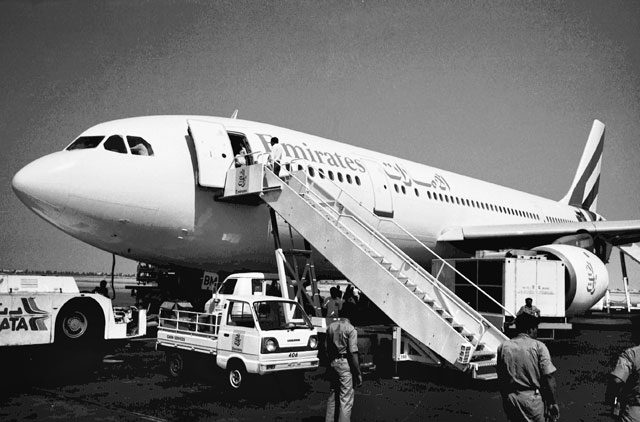
In its first five years of operations, Emirates grew its network to 14 destinations – these included Mumbai, Delhi, Karachi, Amman, Colombo, Cairo, Dhaka, Male, Frankfurt, Istanbul, Damascus, Jeddah, and Kuwait. The 1990s saw air travel becoming more popular than ever before. Fares dropped as the competition and the number of customers increased.
That same year, Dubai International airport completed a major refurbishment, and Emirates moved into a new $2 million departure terminal.
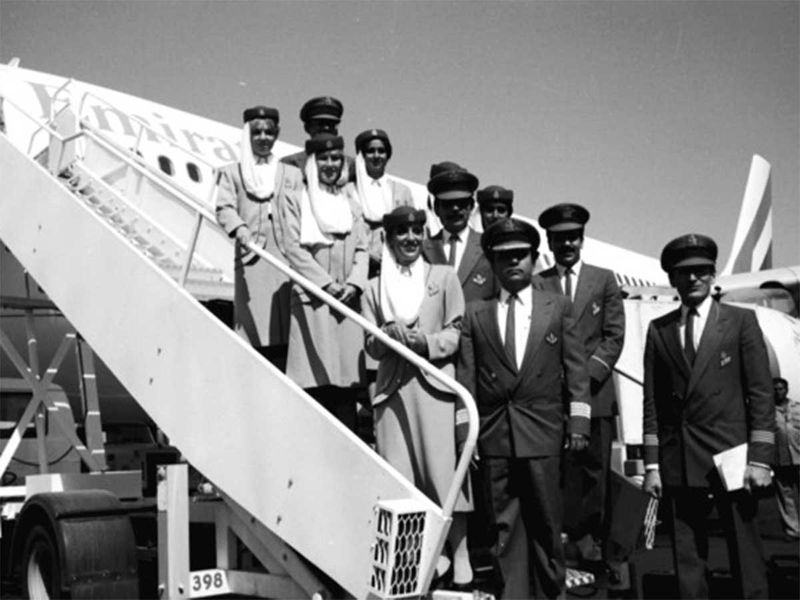
Strengths to strengths
The US recession in 1990–1991 combined with the Gulf War wiped out air travel demand and inflicted losses of $10 billion on the industry. While this hit Gulf airlines particularly hard, Emirates bounced back swiftly and even placed an order for seven Boeing 777s with 7 options.
The carrier’s financial strength became even clearer when it made its first acquisition in the form of a 43 per cent stake in Air Lanka (later renamed SriLankan).
Along with Emirates grew Dubai’s position as a global hub, which saw passenger arrivals hit the 11 million mark in 1999. In that same year, Emirates carried 4.7 million passengers on its fleet of 32 aircraft.
A global brand
It was only in the 2000s that Emirates became the global brand that it is today. Indeed, turn on any television set around the world and there is a presence of Emirates, either in advertising, on referees at the Rugby World Cup, on Formula One, or on the shirts of football players — a presence that shows the marketing prowess and reach of the airline.

Even operationally, the airline was not doing that badly. Emirates becomes the first airline to sign up for the Airbus A380, ordering seven with options for five more at the Farnborough Air Show. The world’s largest commercial aircraft has been a flagship of the Emirates fleet over the last two decades.
If that wasn’t enough, later in 2005, Emirates made history with an order for 42 Boeing 777s in a deal worth $9.7 billion. This was the largest-ever Boeing 777 order at the time.
In 2008, the Emirates Terminal 3 commenced, with 500,000 passengers departing from the facility within its first month of operation. The airline added 46 routes from 2000 to 2010.
The impact of the pandemic
Emirates, along with its global peers, was hit hard due to the pandemic. The company reported a loss of Dh14.1 billion for the first six months of its 2020-21 financial year (from April).
Despite the hardships, the airline has again become pivotal to Dubai’s goal of becoming a global vaccine hub.
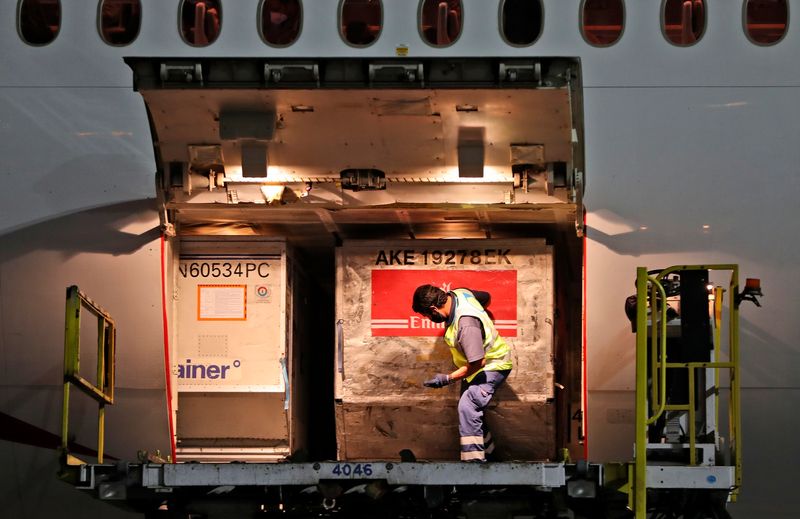
In October last year, Emirates SkyCargo – the airline’s freight division - announced that it was setting up the world’s largest certified airside distribution hub dedicated for the storage and distribution of these vaccines.
Earlier this year, Emirates SkyCargo joined hands with three other Dubai-based entities- DP World, International Humanitarian City and Dubai Airports - to form a COVID-19 vaccine alliance for rapid transport of COVID-19 vaccines to the developing world through Dubai.
Aiding India
Most recently, Emirates set up a humanitarian air bridge between Dubai and India to transport urgent medical and relief items, to support India in its fight to control the serious COVID-19 situation in the country.
The airline is offering cargo capacity free of charge on an “as available” basis on all of its flights to nine cities in India, to help international NGOs deliver relief supplies rapidly to where it is needed.
“We stand with the Indian people and will do all we can to help India get back on its feet. Emirates has a lot of experience in humanitarian relief efforts, and with 95 weekly flights to 9 destinations in India, we will be offering regular and reliable widebody capacity for relief materials,” said Sheikh Ahmed bin Saeed Al Maktoum, Emirates’ Chairman and Chief Executive, in a statement.
Post-pandemic recovery
Emirates airline will have recovered close to 90 per cent of its pre-pandemic network by end July, when it will operate 880 weekly services across 124 cities. It currently serves 115 passenger destinations.
The airline will resume services to seven cities in July including Venice on July 1; Phuket, Nice, Orlando and Mexico City (July 2); Lyon (July 9) and Malta (July 14). Emirates will also launch flights to Florida's second largest city and one of the world's most popular holiday spots, Miami, starting July 22.


